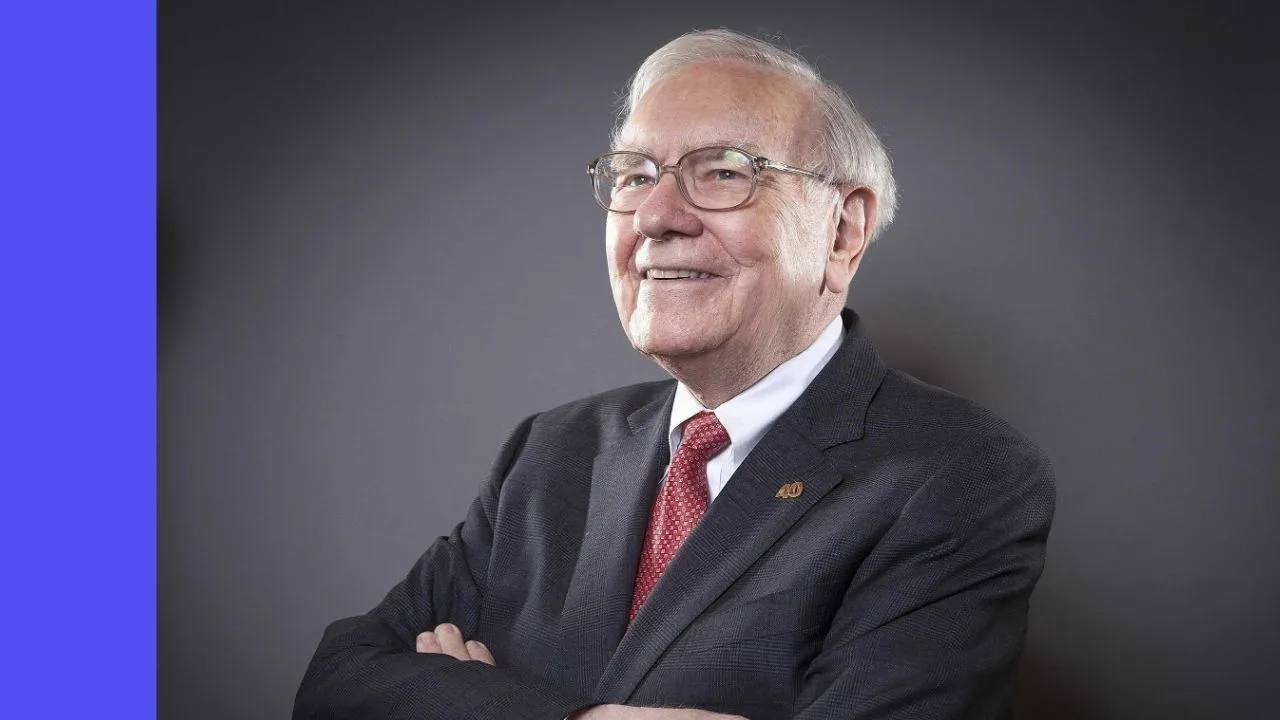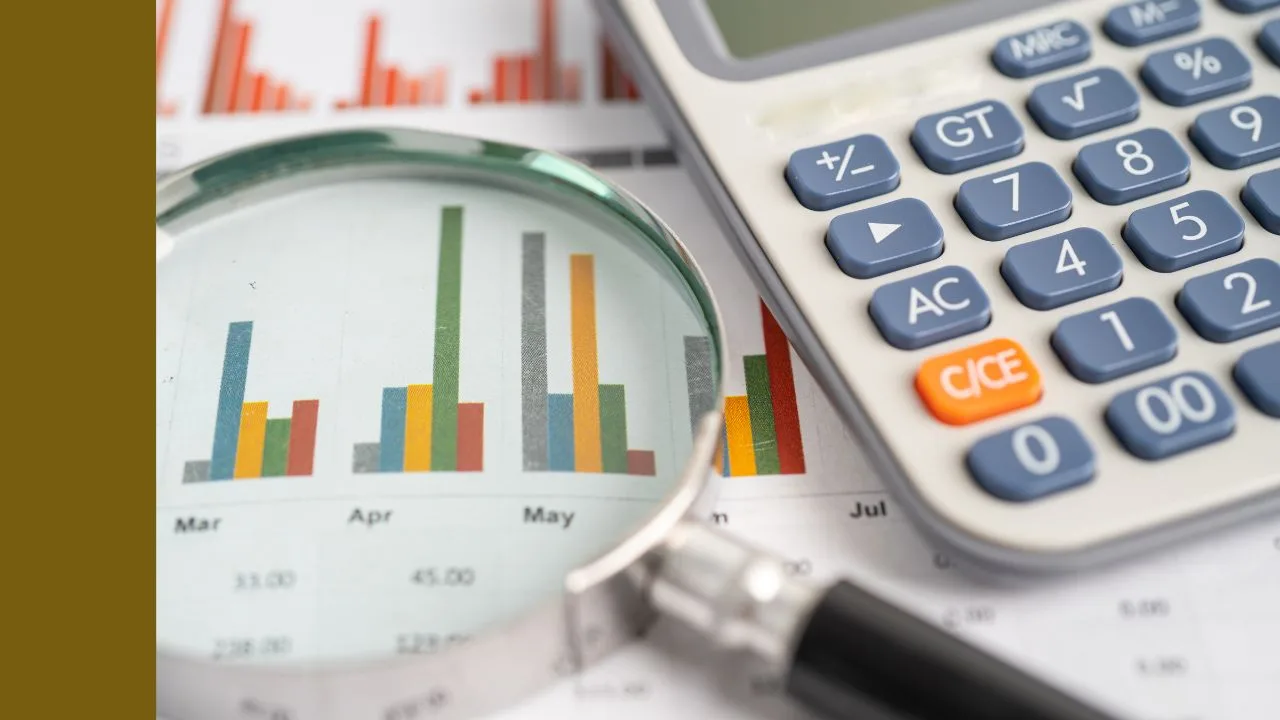ASX share price in focus
ASX Limited operates Australia’s primary national securities exchange. Besides being the place you go to for info on listed companies, ASX offers services behind the scenes including registry, settlement, clearing services, and exchanges for commodities and derivatives.
The company provides access to a variety of different tradeable products, including shares, futures, exchange traded funds (ETFs), managed funds, and real estate investment trusts (REITs).
ASX has a huge competitive advantage over other smaller exchanges due to its large size and established position as the go-to exchange for Australian investors. In fact, many Australian investors probably aren’t even aware that smaller exchanges exist!
While it may be large, ASX Ltd is a growth stock, and so it requires a different set of rules and may not be simple to value at times. Studies have shown that over 5-10+ years, it’s top-line revenue growth which explains a stock’s performance. That’s why it’s good to see ASX Ltd is able to grow revenue at 15.8% per year, a good clip.
BHP shares
BHP Group (formerly known as BHP Billiton) is a diversified natural resources company founded in 1885 that produces commodities for energy use and manufacturing.
BHP’s core business lines are mineral exploration and production. BHP’s assets, operations and interests are separated into three focus areas: copper and related minerals (e.g. gold, uranium, silver, zinc, etc.); iron ore; and coal (i.e. metallurgical and energy). While these categories make up the bulk of revenue and profit, the company is also diversifying into other areas such as fertiliser.
BHP shares have long been viewed as a reliable dividend-paying investment and are a common member of Australian share portfolios. It’s also one of the largest companies in Australia so if you own an ASX 200 ETF or LIC, or even have money in superannuation, chances are you already have some exposure to BHP shares.
ASX share price valuation
As a growth company, some of the trends we might investigate from ASX include revenue growth, profit growth, and return on equity (ROE). These measures can indicate the growth rates and prospects of the company, as well as their ability to generate returns from their assets.
Since 2021, ASX has grown revenue at a rate of 15.8% per year to reach $1,581m in FY24. Over the same stretch of time, net profit has fallen from $481m to $474m. ASX last reported a ROE of 12.9%.
Since BHP is more of a ‘mature’ or ‘blue-chip’ business, some of the metrics that could be considered important include the debt/equity ratio, average yield, and return on equity, or ROE. These are useful as they give us an idea of debt levels and the company’s ability to generate a return on assets and pay out profits (which is what we want from a blue chip). In FY24, BHP Group Ltd reported a debt/equity ratio of 45.3%, meaning the company has more equity than debt.
As for dividends, since 2019 BHP has achieved an average dividend yield of 6.9% per year.
Finally, in FY24, BHP reported an ROE of 19.7%. For a mature business you’re generally looking for an ROE of more than 10%, so BHP clears this hurdle.
It’s important to keep in mind that these are only a small selection of metrics and don’t give us enough information to value the business or make an investment decision. To learn more about valuation, check out one of our free online investing courses.









